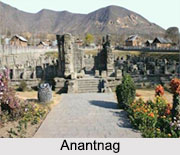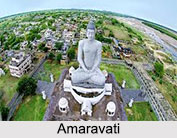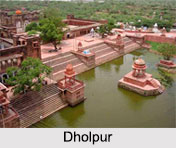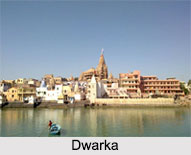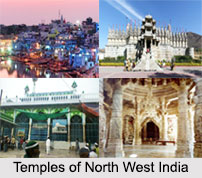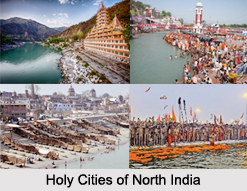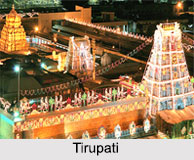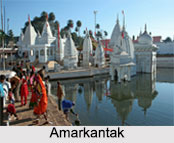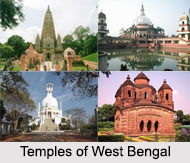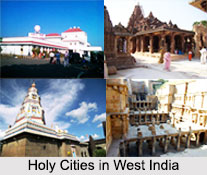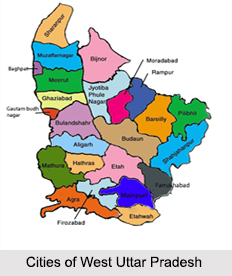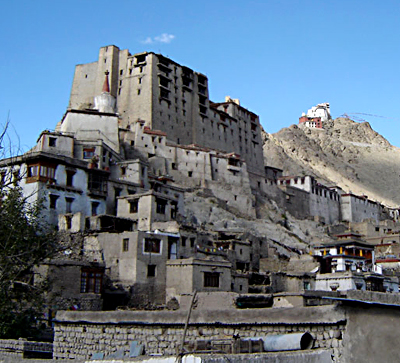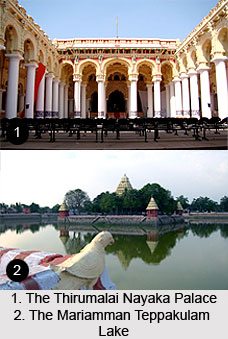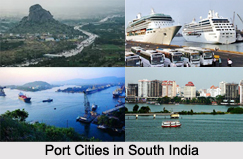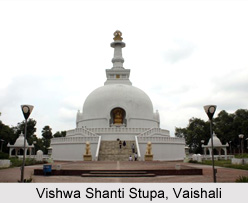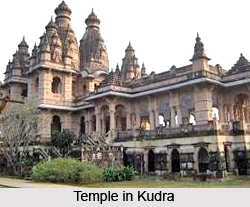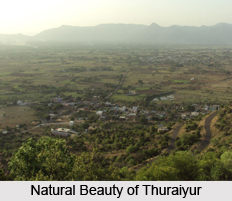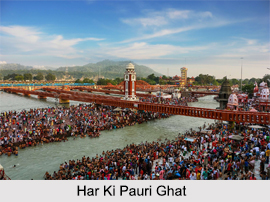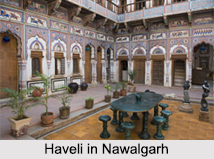 Nawalgarh is town located in Shekhawati Region of north western Indian state of Rajasthan. But if one needs to explore this area, he or she will find the number of havelis. This place is best known for the walking tours. The havelis were once built by the rich merchants of Rajasthan.
Nawalgarh is town located in Shekhawati Region of north western Indian state of Rajasthan. But if one needs to explore this area, he or she will find the number of havelis. This place is best known for the walking tours. The havelis were once built by the rich merchants of Rajasthan.
Location of Nawalgarh
Nawalgarh is located in Jhunjhunu District of northern district of Rajasthan. It is 30 kilometers away from Sikar District and 39 kilometers from Jhunjhunu City which is the district headquarter of Jhunjhunu District.
History of Nawalgarh
Nawalgarh was once the abode of the rich people of Rajasthan. Nawalgarh came into existence in the year 1974, when Nawal Singh made Nawalgarh a fort. Nawal Singh was the son of Thakur Sardul Singh. Later, Nawalgarh became the hometown of the wealthy and influential Poddar families, who were migrated from south Indian states to set up industries.
Geography of Nawalgarh
The latitudinal and longitudinal limit of this city of havelis is 27.85 degree north to 75.27 degree east. The average elevation of Nawalgarh is 379 meters
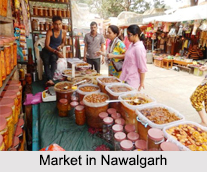 Demography of Nawalgarh
Demography of Nawalgarh
According to the Population Census in the year 2011, Nawalgarh had a population of 95,346. The male population in Nawalgarh constitutes 52 percent and the female population constitutes 48 percent. The average literacy rate was 57 percent. Out of which the males were 68 percent and the females were 46 percent.
Tourism in Nawalgarh
Nawalgarh has a scope for the tourism. Nawalgarh has many havelis and frescos. Nawalgarh in Shekhawati Region proves the excellence in architecture. Here the Rajput architecture is dominant. Nawalgarh Fort is a prime tourism attraction here. Roop Niwas Palace, Anandi Lal Podar Haveli, Sheesh Mahal, Old Haveli, Murarka Haveli, Sanganeria Haveli, Bansidhar Bhagat Haveli, Chokhani Haveli, Seksaria Haveli, Bhagat Haveli, Poddar Haveli, Bedia Haveli, Chudiwali Haveli, Morarka Haveli, Aath Haveli, Jumma Choudhury Haveli, Bakra Mandi are the prominent havelis present here. There are some interesting murals found in these old monuments of the rich merchants. Nawalgarh has many Hindu temples like Shri Ramdev Ji Mandir, Shri Balaji Mandir, Lakshmi Narayan Mandir, Shri Gopinath Ji Mandir, Shri Bawari Wala Balaji Mandir, Shri Kalyan Ji Mandir, Gangamai Temple, Mahamaya Temple, Shri Shanishar Mandir, Hanumangarh Balaji Mandir, Surya Temple and many others.
Visiting Information
Nawalgarh has the railway, roadway and the airway connectivity with all the cities of India and the cities of Rajasthan. The nearest airport from Nawalgarh is at Jaipur International Airport. Nawalgarh is also connected with Jhunjhunu city by road. Sikar railway line section connects Nawalgarh with the districts of Rajasthan.
Accommodation in Nawalgarh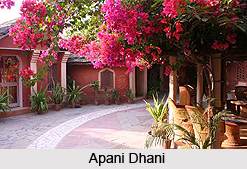 Nawalgarh is located at a distance of 31 kilometers in the north east of Sikar. It was founded by Nawal Singh, the son of Thakur Sardul Singh. This place has some of the biggest and well-preserved havelis in the Shekhawati region. The Poddar Haveli dating back to 1920 retains some of the finest of frescoes and courtyards. Nawalgarh, in general, is well known for its profusion fresco art include Saraogi Haveli, Sheksaria Haveli and the Chaucharia Haveli with some interesting murals. These havelis display great piece of work on part of the local artisans.
Nawalgarh is located at a distance of 31 kilometers in the north east of Sikar. It was founded by Nawal Singh, the son of Thakur Sardul Singh. This place has some of the biggest and well-preserved havelis in the Shekhawati region. The Poddar Haveli dating back to 1920 retains some of the finest of frescoes and courtyards. Nawalgarh, in general, is well known for its profusion fresco art include Saraogi Haveli, Sheksaria Haveli and the Chaucharia Haveli with some interesting murals. These havelis display great piece of work on part of the local artisans.
There are few hotels in Nawalgarh. But all of them are renowned for their hospitality and services. Most of these hotels were once upon a time forts or residences of kings or affluent merchants.
Roop Niwas Kothi: This is a heritage stay that offers facilities like swimming pool, billiard, camel and horse safari, garden, puppet show, folk dancing to the travelers. Needless to say the rooms in this accommodation unit are well furnished with latest amenities. Room services and impressive cuisines offered on the plate makes this hotel remarkable.
Apani Dhani: This is situated on the Jhunjhunu Road. There are eight well furnished rooms here that offer remarkable facilities to the guests. Amenities, such as, organic food, guided tours, village walk, camel cart ride and other services.
There are other accommodations in Nawalgarh that are located at a little distance from the city. Here most of the hotels were previously forts or palaces. One of the premier heritage hotels here is the Dera Dundlod Fort.
Dera Dundlod Fort: It is located in Dundlod. The guests can avail any of the 24 well-maintained rooms. The interiors of the rooms make them crosier. This particular hotel is perfect for those who are looking forward to spend their vacations in luxury.
Bar, horse safari, restaurant, folk music and dance, outdoor games and several others are offered to the guests. There are sightseeing tours available for the tourists as well.
Mukundgarh Fort: This hotel is a part of heritage stay. It is located in the village of Mukundgarh. There are services, such as, swimming pool, restaurant, bar, camel cart ride, sand dune dinner. 48 rooms are always kept ready fore the guests.
